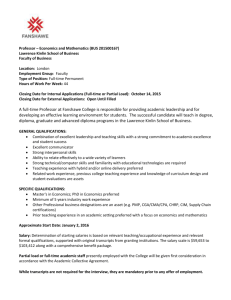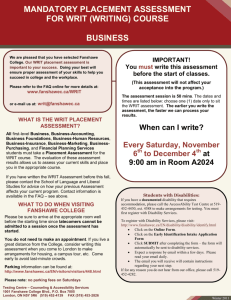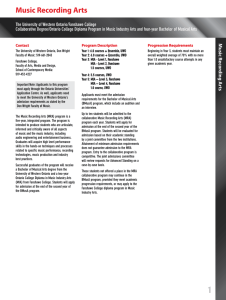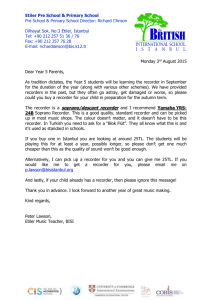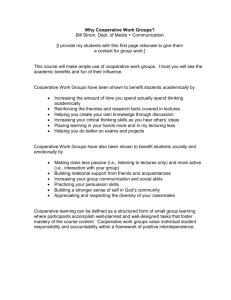Teamwork in Math 1024
advertisement
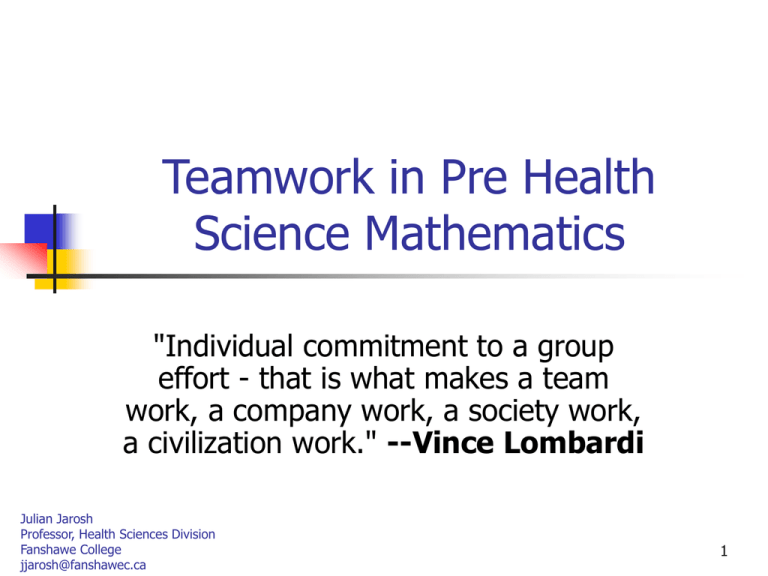
Teamwork in Pre Health Science Mathematics "Individual commitment to a group effort - that is what makes a team work, a company work, a society work, a civilization work." --Vince Lombardi Julian Jarosh Professor, Health Sciences Division Fanshawe College jjarosh@fanshawec.ca 1 Team rules Class size ranges from 70-100 students 3 – 5 people per team Team Team Team Team leader speaker recorder worker (s) Rotate every week 5 minutes of team time every lesson Accountable to their team 2 Scheduler 3 Team Responsibilities Team leader Make sure every team member attends class Teaches course content on last class of week Handouts, notes, web sites, teaching aids, etc. Align with your team’s learning styles Grants permission for “laters” to enter class Interacts with professor for any additional guidance or team concerns 4 Team Responsibilities Team recorder Records team class rules Records rotation schedule and other decisions Provides/maintains a team folder/notebook/binder for record keeping Takes team attendance each lesson Neatly compiles team homework for marking 5 Team responsibilities Team speaker Speaks for the team when called upon in class Presents team solutions/answers to problems/questions Team worker Takes on responsibilities as assigned by the professor or team leader 6 Team Mechanics Sit with team every day Each team member is responsible for completing their own homework Other teams may mark your homework (see rubric) and give feedback I will select at least one team’s homework at random every day – mark posted Class questions I may call on the team at random during lessons Team speaker will consult with team and present solution/answer 7 Pros/Cons Pros Call on entire teams Doesn’t put one person on the spot Limits the amount of homework marking Allows for collaborative learning Allows team teachers to become experts Prepares students for later group work with minimal consequences Some students eventually engage automatically given work periods Cons Entire team may not show up Team members don’t hold each other accountable Homework marking involved Some students of low-skill level disengage in the face of high-skilllevel peers Some students resist team teaching Some students don’t value group work It takes a lot of effort to train students to engage 8 Questions? Julian Jarosh Professor, Health Sciences Division Fanshawe College jjarosh@fanshawec.ca 9


